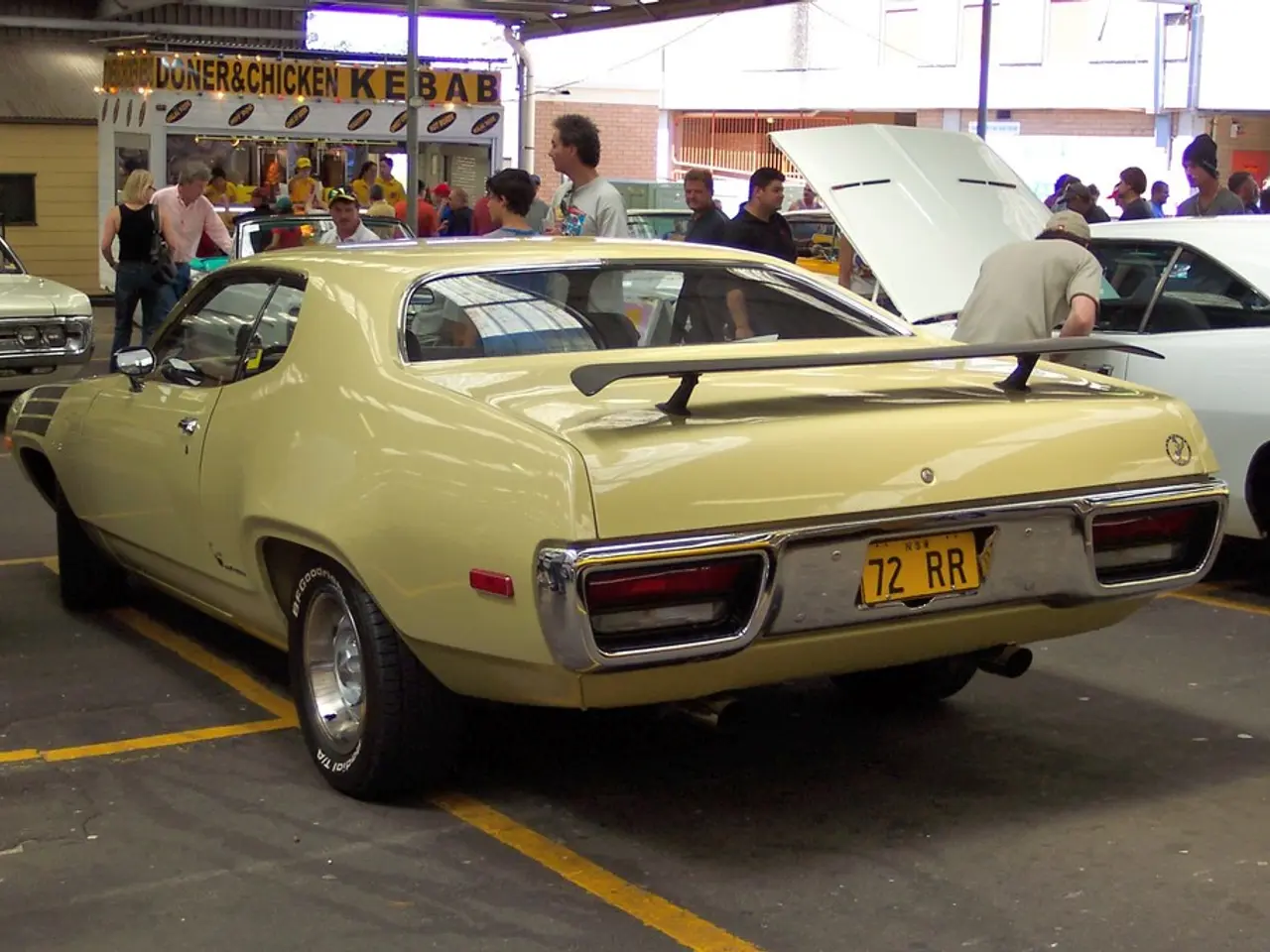Iconic Journey along Route 66, the Fabled Roadway Extending from Chicago to California
Revival of the Iconic Route 66
Route 66, the historic American highway that once connected Chicago to Santa Monica, remains a significant part of the country's cultural and historical landscape. Despite its decommissioning in 1985, a large portion of the original route remains drivable, and many of its most iconic roadside attractions continue to operate [1][3].
The rise of Route 66 was driven by several factors. Established in 1926, it was part of the nation's first federal highway system, linking cities across the country and becoming the first completely paved highway of its length [1][3]. Its creation involved linking and upgrading existing local and state roads, many originally for settlement or farm use, to serve national transportation needs [1]. During the Great Depression and Dust Bowl eras, Route 66 served as a migration route westward, providing hope and new opportunities for displaced families [3]. This influx of travelers supported businesses along the way, such as inns and restaurants, fueling economic activity [3]. Culturally, the road gained iconic status as "the mother road" by John Steinbeck and symbolized freedom, mobility, and the American dream during the mid-20th century [3].
After World War II, Route 66 became a travel magnet due to Americans' desire to spend money and increased car ownership [1]. However, the development of the Interstate Highway System, which began in the 1950s, marked the beginning of Route 66's decline [1][5]. President Eisenhower signed the Federal-Aid Highway Act in 1956, leading to the construction of interstates and the eventual obsolescence of Route 66 [1][5]. Between the 1950s and the 1980s, Interstates I-55, I-44, I-40, I-15, and I-10 replaced Route 66, causing economic decline in towns reliant on it [1].
Despite these challenges, cultural nostalgia and historical preservation efforts have saved some segments of Route 66 as historic or scenic byways, reflecting ongoing recognition of its cultural importance [5]. In 1990, Congress recognised the historic Route 66 as a symbol of American travel heritage and legacy [1]. In 1999, President Bill Clinton signed a National Route 66 Preservation Bill, providing $10 million to preserve and restore features of the iconic road [1]. In 2008, the World Monuments Fund put Route 66 on its list of the 100 Most Endangered Sites [1].
One of the most enduring symbols of Route 66 is the iconic song "(Get Your Kicks on) Route 66," written by Bobby Troup in 1946 after driving across the country [1]. The song encapsulates the spirit of adventure and freedom that Route 66 represented during the mid-20th century. Today, Route 66 continues to evoke that spirit, offering travellers a glimpse into America's past and a reminder of the country's enduring love for the open road.
References:
[1] National Park Service. (n.d.). Route 66. Retrieved from https://www.nps.gov/route/learn/historyculture/index.htm
[3] National Geographic. (2014). Route 66: The Mother Road. Retrieved from https://www.nationalgeographic.com/travel/destinations/north-america/united-states/route-66-mother-road/
[5] American Planning Association. (n.d.). Route 66: The Mother Road. Retrieved from https://www.planning.org/planning/topics/routes66/
The revival of Route 66 serves as an opportunity to delve into its rich history and cultural significance, shedding light on the country's lifestyle during the mid-20th century. As travelers embark on a journey down America's iconic highway, they are drawn to its historical roadside attractions and the unique slice of American history they represent.





